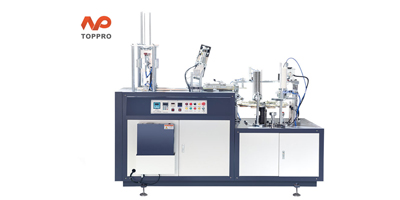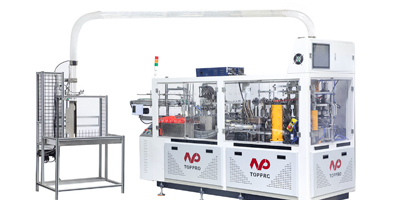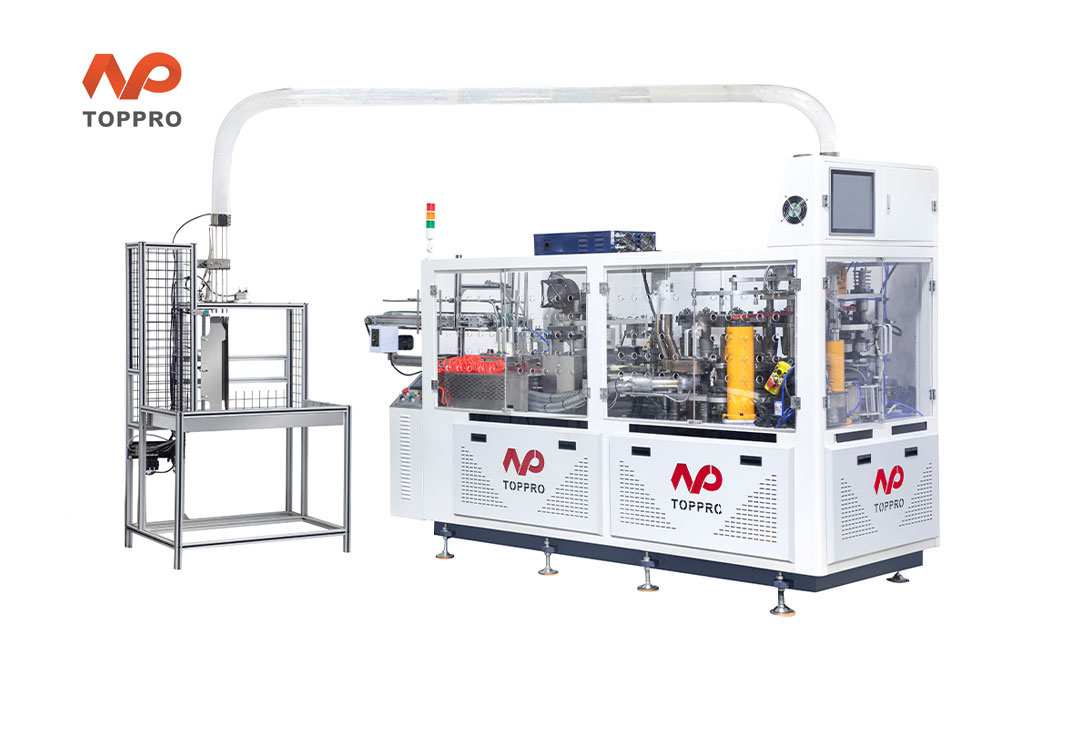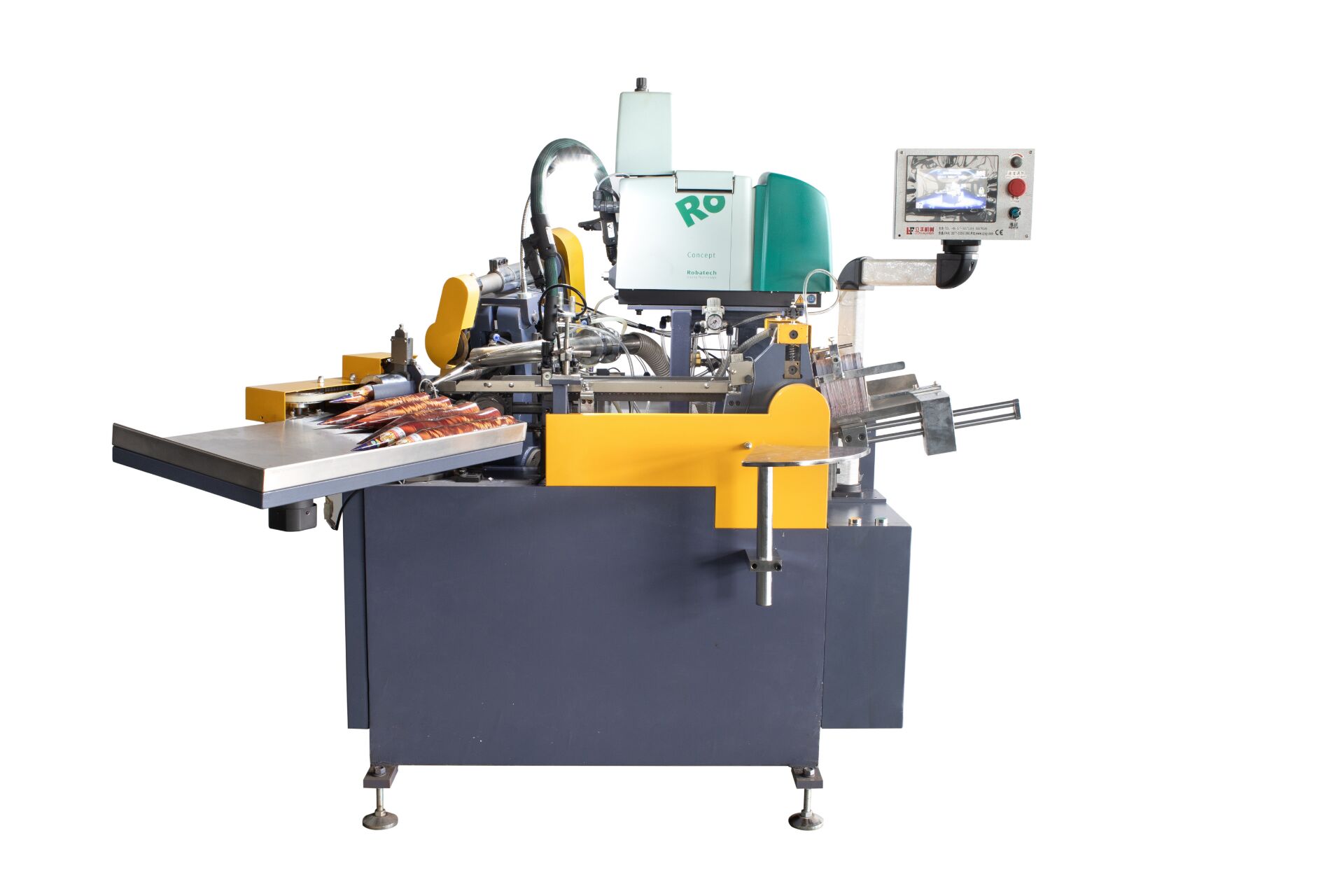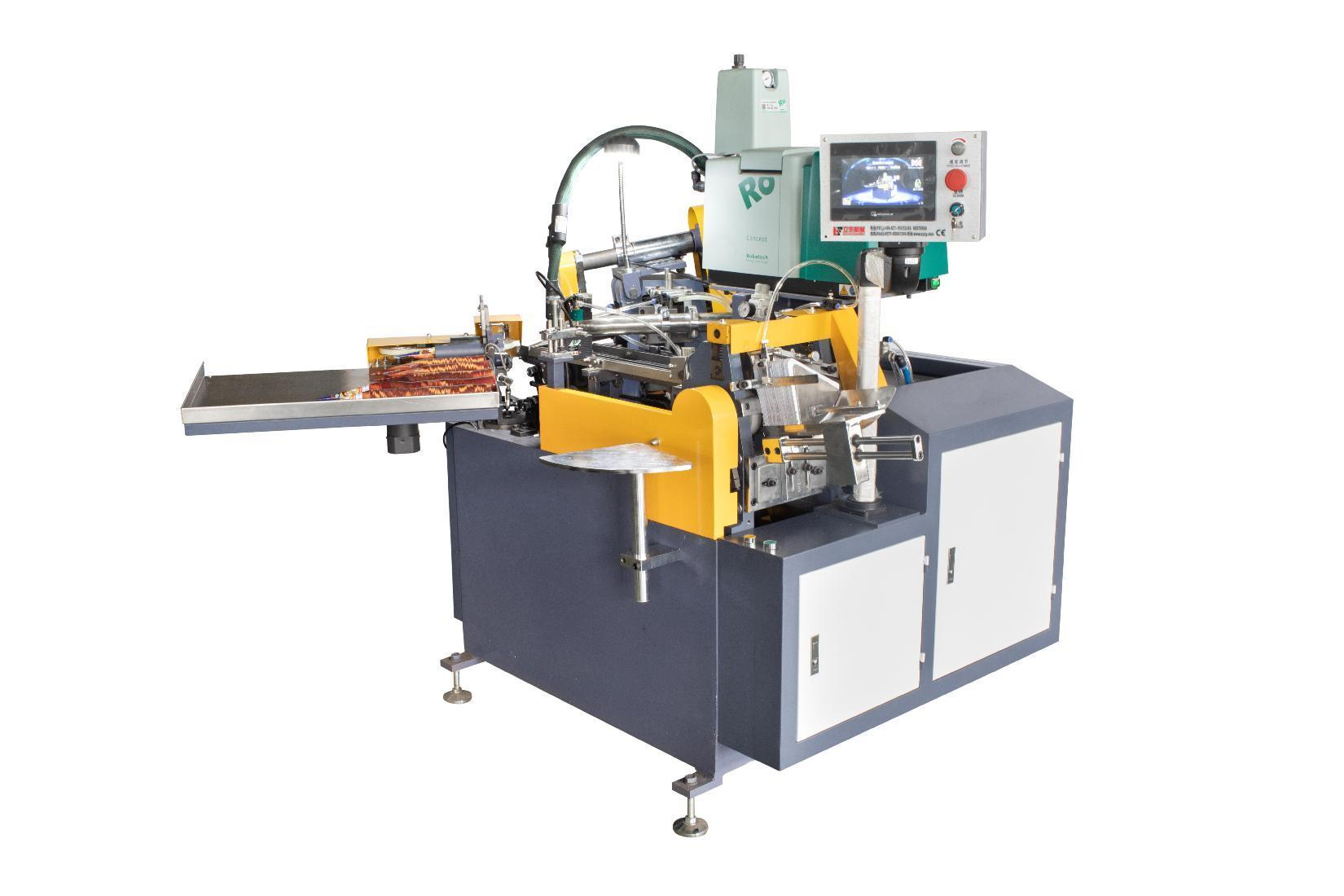Paper cups are a convenient and hygienic solution for serving beverages, especially in cafes, offices, and events. However, many people wonder: Can paper cups be reused? The answer isn’t straightforward—while technically possible, there are important factors to consider regarding durability, hygiene, and environmental impact.

How Paper Cups Are Made?
The manufacturing process of paper cups begins with paperboard made from wood pulp or recycled pulp. The paperboard roll is cut into fan-shaped cup wall materials by a paper cup machine, and then rolled into a cup body and reinforced at the edge of the cup mouth through a hot pressing process. The key steps include coating the inner wall with a PE or PLA waterproof layer to prevent penetration, using a mold to press the bottom of the cup at high temperature to achieve sealing, and finally printing patterns and quality inspection to ensure that its structure is firm and meets food contact safety standards.
The Challenge of Reusing Paper Cups?
1. Structural Vulnerability
The waterproof lining, while essential for functionality, becomes a weakness when reused.Traditional PE coatings are not designed to withstand repeated exposure to water, detergents, or heat.Even gentle washing can cause the lining to crack or peel over time, compromising the cup's leak-proof barrier. The paper itself, once wet, loses strength and becomes prone to warping or tearing, especially if used for hot drinks that accelerate fiber degradation.
2. Hygiene Concerns
Paper cups lack the smooth, non-porous surfaces of reusable containers, making them breeding grounds for bacteria and residue. Unlike hard surfaces that can be sanitized effectively, the rough interior of a paper cup is nearly impossible to clean thoroughly, especially near the seams or the base where the lining meets the paper. Over time, trapped moisture and organic matter create an ideal environment for microbial growth, posing a risk to health—especially for those who reuse cups without immediate and rigorous cleaning.
3. Chemical Leaching
When a paper cup is filled with hot drinks, the internal temperature will cause the chemical substances in the waterproof lining coating to overflow. The additives and other ingredients in the coating will become unstable after repeated use and may seep into the drink. At the same time, high temperature accelerates the aging of the lining, causing it to crack or even break, thus releasing microplastics.
When Can Paper Cups Be Safely Reused?
Serving cold drinks: Under low temperature conditions, the PE/PLA coating on the inner wall is not easily degraded, reducing the risk of microplastics or chemical substances precipitating.
Use for a short time and clean in time: Rinse quickly and dry thoroughly to avoid residual liquid from breeding bacteria.
No damage or deformation: The cup mouth is not softened, and the cup body has no leakage or creases, otherwise it may accelerate the shedding of the coating.
The Role of Paper Cup Machines in Sustainability
Paper cup machines play a key role in sustainable development, promoting the production of environmentally friendly paper cups through technological innovation:
1. Using degradable materials to replace traditional PE plastic coatings to reduce microplastic pollution.
2. Supporting recycled pulp to make cup bodies to reduce the consumption of native wood.
3. Optimizing production processes to reduce energy consumption and waste and improve resource utilization.
Conclusion
It is not recommended to reuse paper cups for a long time. It is recommended to use reusable containers instead to balance safety and sustainability.




